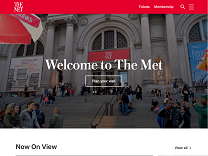Peruvian Featherworks: Art of the Precolumbian Era – The Metropolitan Museum of Art https://www.metmuseum.org/met-publications/peruvian-featherworks-art-of-the-precolumbian-era
The Met presents over 5,000 years of art from around the world for everyone to experience and enjoy.
contents About the authors Praise Of universal appeal and unique beauty, feathers have

